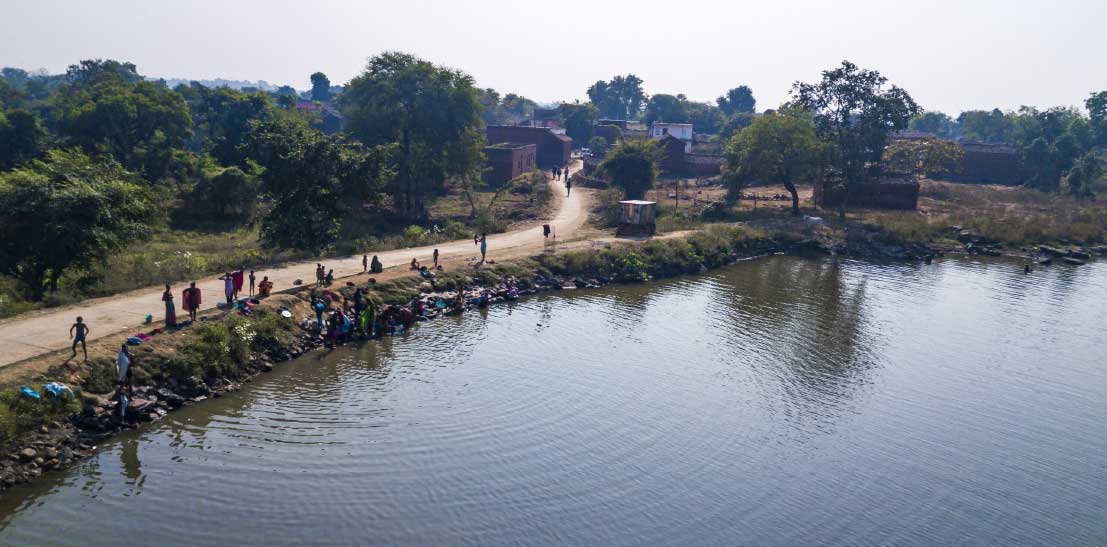Chhatarpur
Chhatrapur district is one of the 52 districts of Madhya Pradesh state of India. Cultivating. crops like paddy, wheat and jowar are practiced by farmers in the district of Chhatarpur.
PARTNER: ARUNODAYA AND HARITIKA
INTERVENTION: In Chhatarpur,ARUNODAYA AND HARITIKA are working on various aspects: ·Like Creating opportunities for income generating activities in a sustainable manner. Conservation , preservation and promotion of existing natural resources and develop new resources for availability of safe water. Environment of rural communities for promotion of existing natural resources management. Promotion of bio agricultural method and agro based service.











